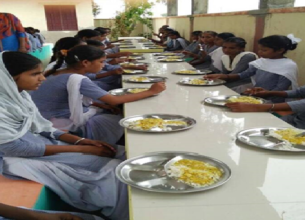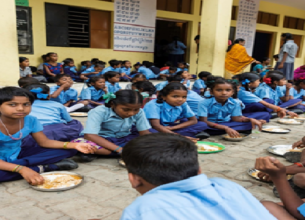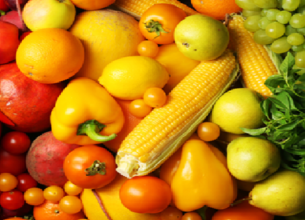Himalayan Yak
Himalayan Yak
Why in News?
- Recently, The Food Safety and Standard Authority of India (FSSAI) has approved the Himalayan Yak as a ‘food animal’.
Highlights
- The move is expected to help check decline in the population of the high-altitude bovine animal by making it a part of the conventional milk and meat industry.
- Food Animals are those that are raised and used for food production or consumption by humans.
- The Yak belongs to the Bovini tribe, which also includes bison, buffaloes, and cattle. It can tolerate temperatures as low as-40 degrees Celsius.
- Adapted for living at high altitudes, they have long hair that hangs off their sides like a curtain, sometimes touching the ground.
- Yaks are highly valued by Himalayan peoples. According to Tibetan legend, the first yaks were domesticated by Tibetan Buddhism founder Guru Rinpoche.
- They are also known as the lifeline of pastoral nomads in high altitudes of the Indian Himalayan region.
- Yaks are traditionally reared under a transhumance system which is primitive, unorganised and full of hardship
- The countrywide population trend shows that the yak population has been decreasing at an alarming rate. According to a census in 2019, India has some 58,000 yaks – a drop of about 25% from the last livestock census conducted in 2012.
- This drastic decline could be attributed to less remuneration from the bovid, discouraging the younger generations from continuing with nomadic yak rearing.
- It Is mainly because yak milk and meat are not a part of the conventional dairy and meat industry, their sale is limited to local consumers.
- The yak plays a multidimensional socio-cultural-economic role for the pastoral nomads who rear it mainly for earning their nutritional and livelihood security due to the lack of other agricultural activity in the higher reaches of the Himalayan region where it is difficult for animals except the yak to survive
- The Increasing trend of environmental temperature at high altitudes is resulting in heat stress in yak during warmer months of the year. This, in turn, is affecting the rhythms of physiological responses of the animal.
- As wars and conflicts have led to the closing of borders, the yaks outside borders are thought to be suffering from inbreeding due to the lack of availability of new yak germplasm from the original yak area














